by D. Dominick Lombardi
Opportunities for artists come in many different forms, especially when it comes to exhibition spaces. Once you understand your station on the outside looking in towards the big billion-dollar businesses at the top, it becomes like a chess game where countless artists vie for a variety of venues ranging from the more regional, community minded spaces to the secondary level of high-end galleries in major cities throughout the world. The higher you aim the more you need to be well connected, otherwise it’s best to have your own fleet of collectors to do your talking. But who has that? After all, the market is in constant flux; what’s in, who has the back story, where’s the new vision; it’s all subjective, controlled from the top down, often sociopolitical and rather unregulated.
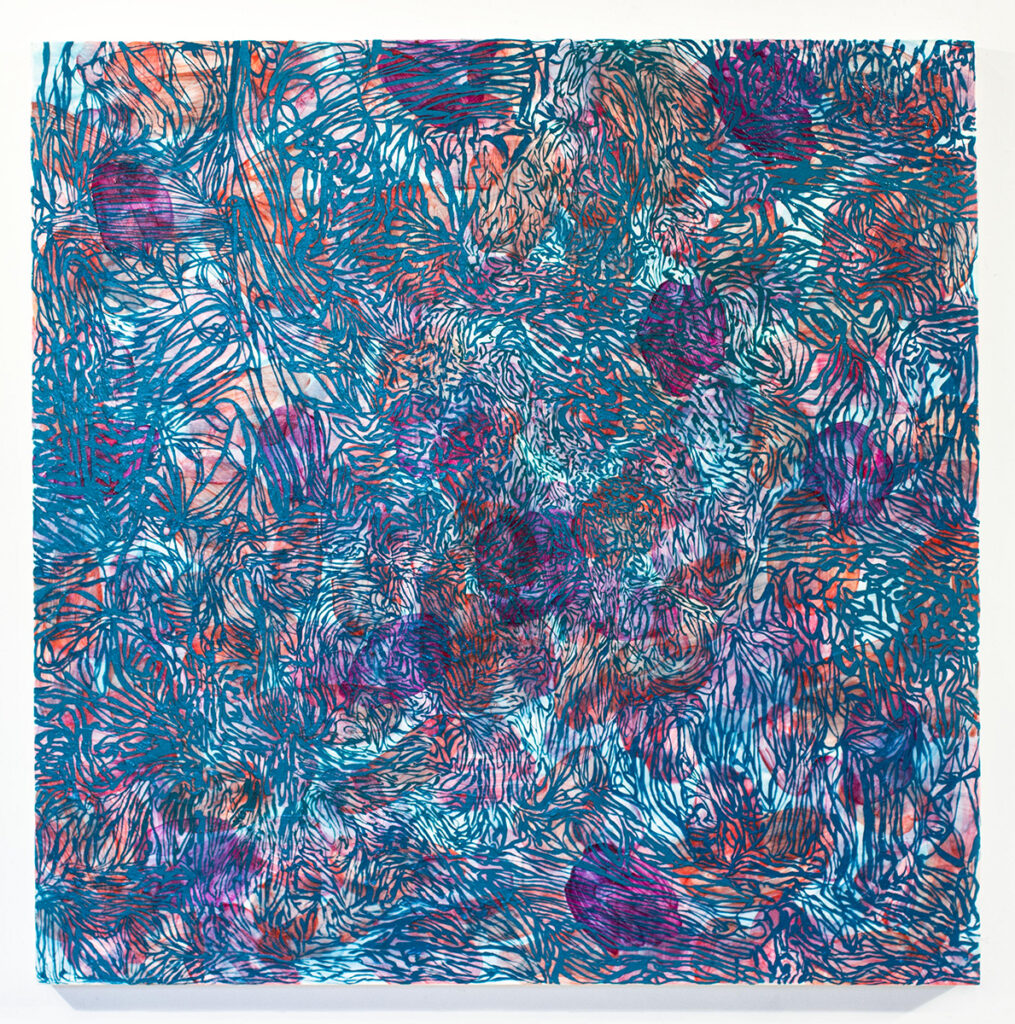
With the increased overhead, especially when there are economic downturns caused by natural or manufactured disasters, a noticeable percentage of mid and lower-level institutions close and opportunities decrease. I’ve often thought of the hybrid spaces, places where there are two businesses sharing a space or building that is common in places like Iceland, where a commercial gallery could lessen the strain of a fixed overhead when the level of needed population is not there. You see this in colleges and universities here, where not-for-profit galleries and museums are placed on campuses where it is a bit easier to keep the lights on, and where a very dedicated staff works tirelessly to keep their programs relevant and inspiring.
Libraries, locations commonly looked at as being for amateur artists, are more and more exhibiting seasoned professional artists with substantial careers, which in turn broadens the reach of both the institution and the artist. When I wrote for The New York Times from 1998-2005, I can recall reviewing excellent exhibitions at the Chappaqua Library gallery and the Manhattanville College Library Gallery. The Katonah Museum is a product of the Katonah Gallery, which was housed in the Katonah Village Library.
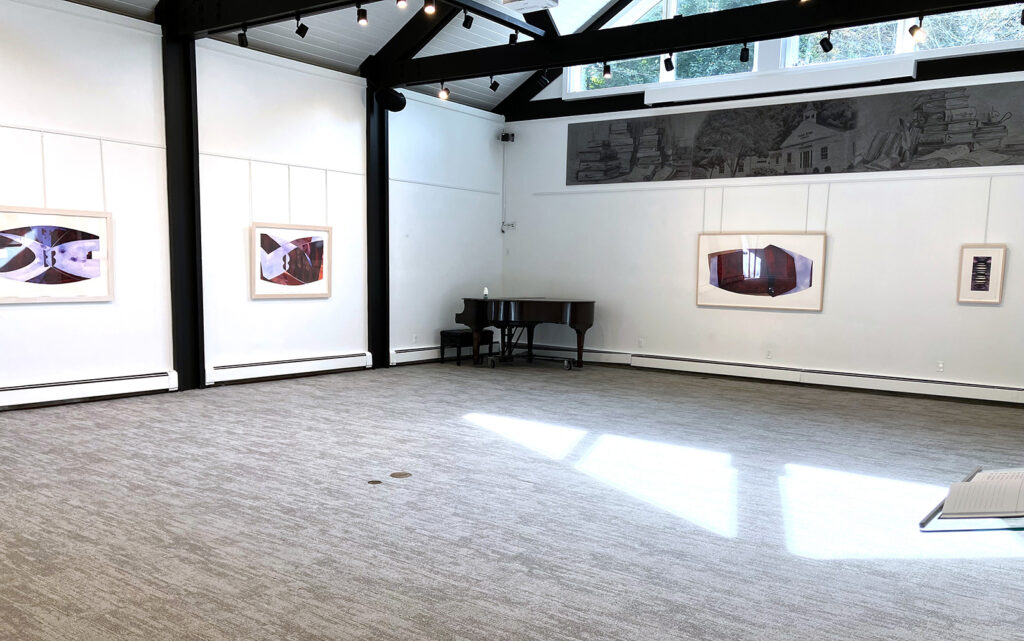
What first piqued my attention to the Schaffner Room Gallery located adjacent to the Pound Ridge Library, was a recommendation of a friend that Serdar Arat was exhibiting there, and I should definitely take a look. Arat, also a long-time friend, an excellent artist, and a brilliant lecturer with titles like Creative Flows: Islamic and Western Art to The Harlem Renaissance and Modernism creates alluring painted reliefs, room-sized sculptural installations and refined prismatic prints that address a number of topics such as architectural fluidity, the spiritual effects of color and the depths of visual rhythms. His show at the Schaffner Gallery focused on his well-known prints.
That same friend who told me about Arat’s past exhibition, Creighton Michael, has the current show at the Schaffner Room Gallery, which features seven key paintings from his Motif series. As an attendee of the opening, I was immediately impressed by an audience of mostly accomplished artists all engrossed in the paintings at hand, which in turn prompted stimulating conversation. The artist mentions in his statement “…the Motif series are the product of two unique marking strategies both using a motion capture process but deviate in their use of time and color.”
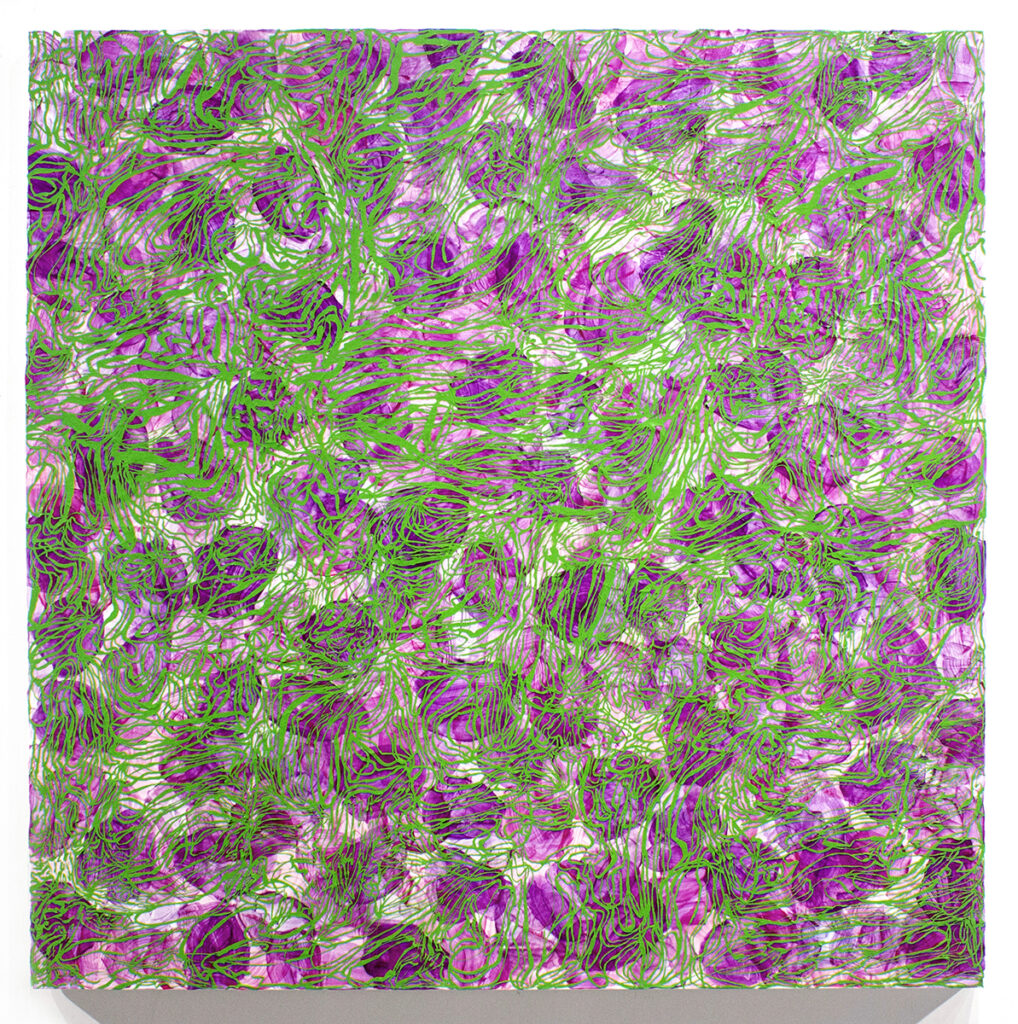
Michael’s approach is to first lay down what he refers to as his ‘deferred’ ground of vibrant color. Here we see leaf-like applications of transferred veneers of dried brush strokes that modulate slightly in intensity and opacity; all looking something like flattened fall leaves or flower petals only much more intense in color. Over this layer of acrylic ‘skins’ the artist applies the ‘direct’ half of his process: oil paint in a mesmerizing matrix of thin lines in a color complement, a powerful element that further triggers the underlying hues, which in turn creates a push/pull of optical sensations.
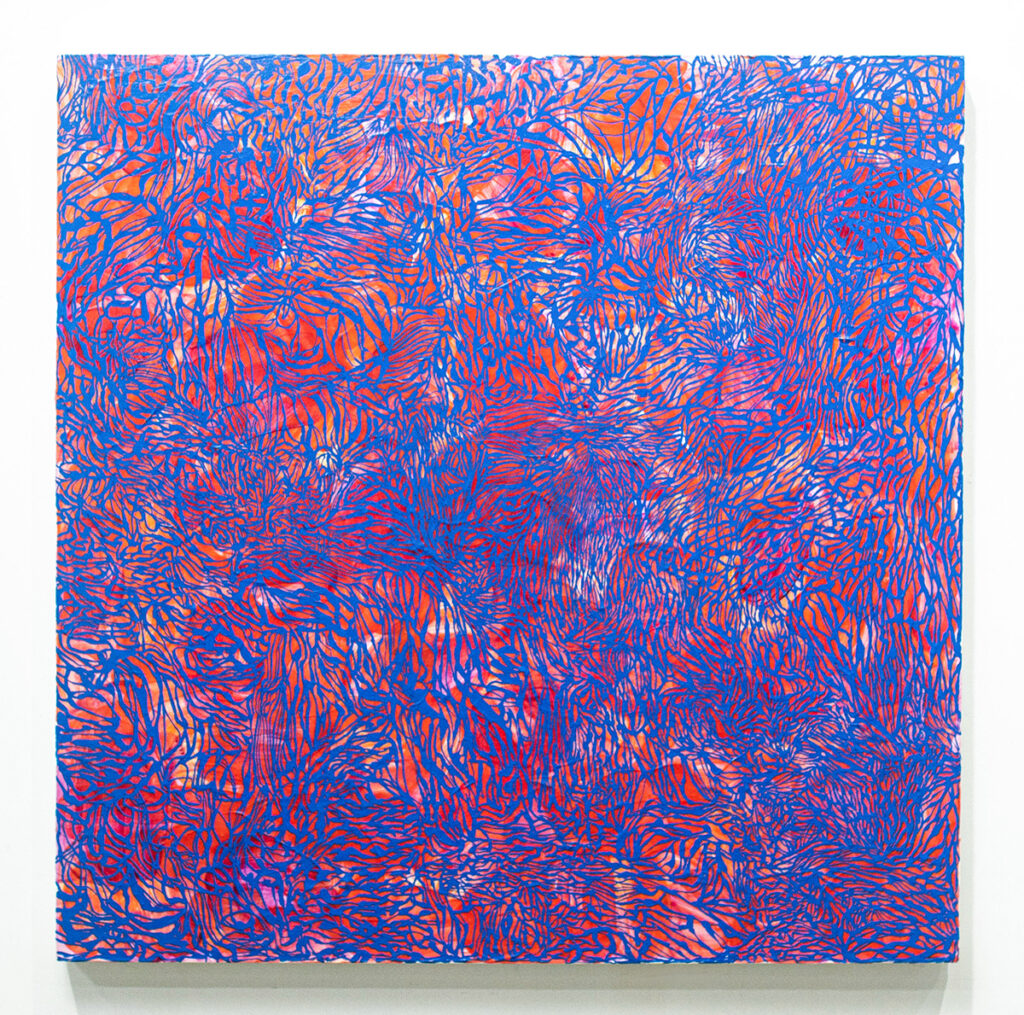
The Motif series is a tour de force of optical effects, as we easily see how visual stimulation entices thoughts of things experienced. Like Hans Hofmann’s paintings of the 1950’s and 60’s, when he was advancing as a teacher his “push and pull” theory, or “expanding and contacting forces” thesis, there was that same sort of non-representational dance in space we see in Michael’s paintings. But unlike Hofmann, Michael’s work has a more organic feel, suggesting things like ripples in a stream or a cluster of twigs atop fallen leaves. On the other hand, it is hard not to think of back-lighted stained-glass windows when viewing Michael’s paintings, as the background colors always penetrate the foreground, or what would be the lead lines of the window, even when the foreground is a ‘fast’ color like orange or red.
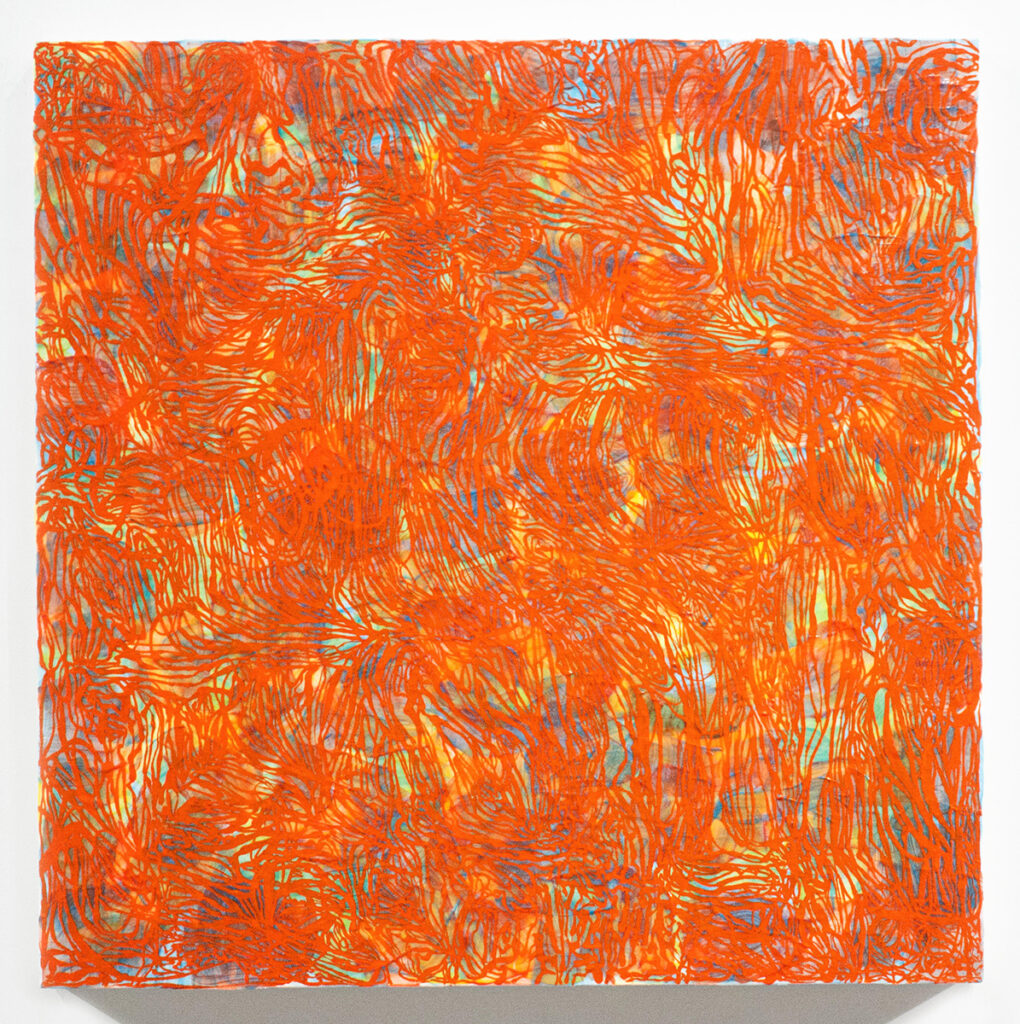
In the end, the Motif series is about the artist’s deep understanding and distinctive use of color within the non-representational realm. Michael plays with our preconceptions of color, and how it manages space and time – what we may have experienced peripherally, that curious something that disappeared when we turned to look. That is what gets in our subconscious. That is why these works have a lasting effect, something all artists hope to achieve.
Motif: Creighton Michael runs through May 4th, 2024. For more information please visit https://poundridgelibrary.org/exhibit/
